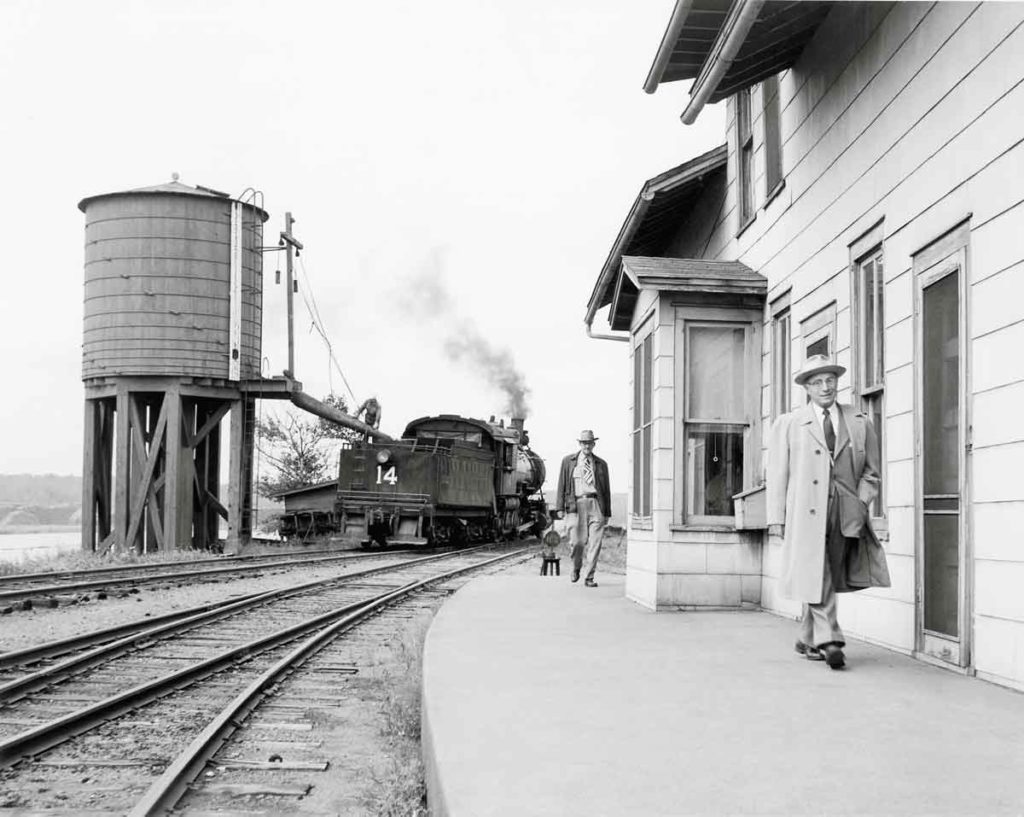
Duluth & Northeastern Vice President and General Manager E. A. Blinn walks down the platform of the short line’s station and general offices at Cloquet, Minn., followed by Superintendent E. A. Kruger. In the background of this September 1954 scene, 2-8-0 No. 14 takes water. Philip R. Hastings photo […]
Read More…
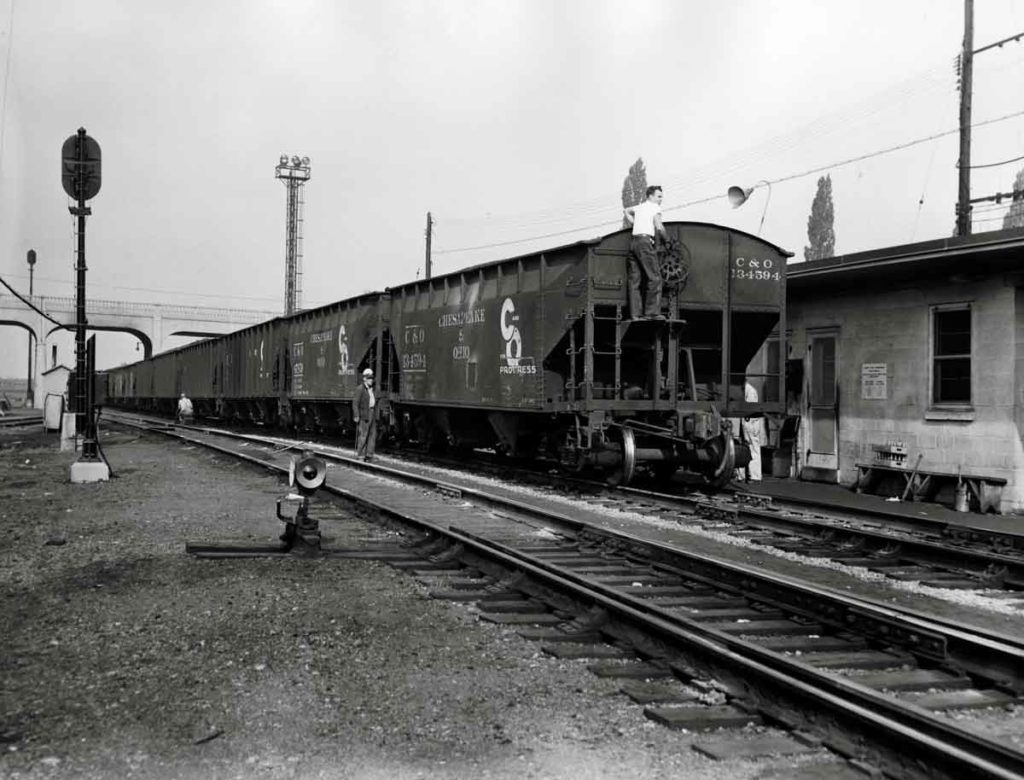
A string of coal hoppers crests the hump at Chesapeake & Ohio’s yard in Clifton Forge, Va., in June 1955. The cars are bound for C&O’s Atlantic Ocean docks at Newport News. W. A. Akin Jr. photo […]
Read More…
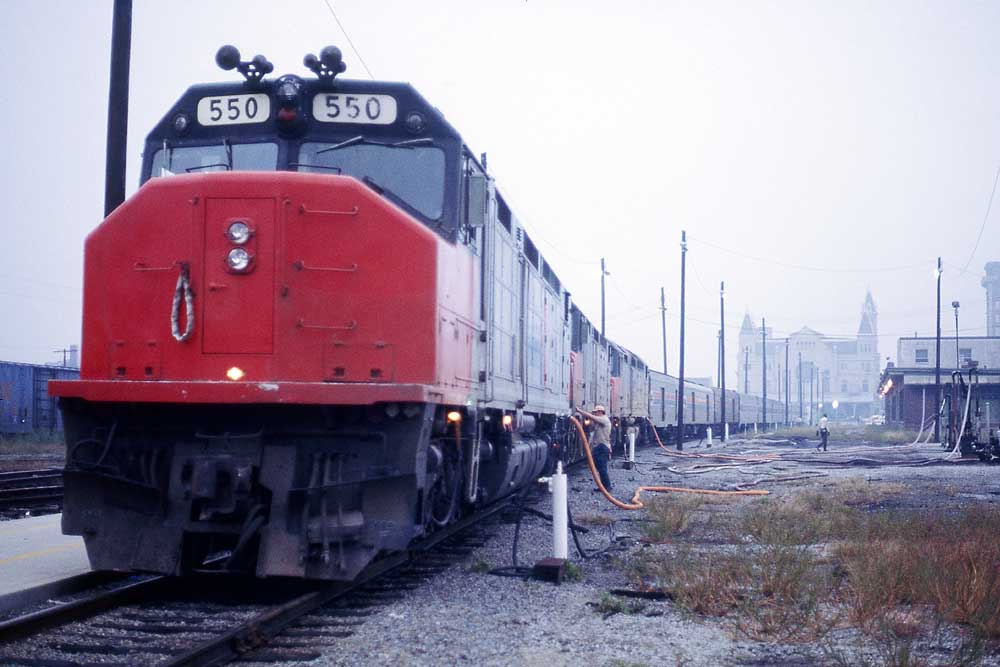
The current era of transition for Amtrak’s roster harkens back to motive power that shaped the passenger rail carrier — for better or for worse. Excluding EMD F40PHs, as they’re in a league of their own, here are five memorable Amtrak locomotives. SDP40F Initially rolled out in 1973, the SDP40Fs became the […]
Read More…
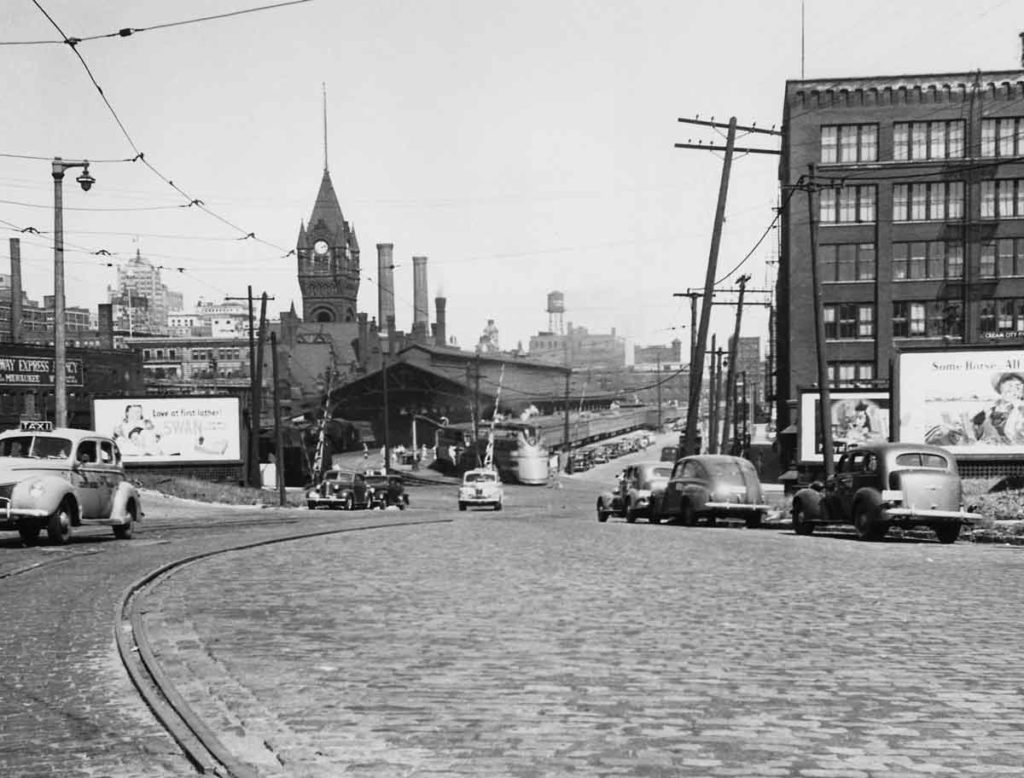
A view east down Clybourn Street in Milwaukee in the 1940s is dominated by the Milwaukee Road’s depot on the south edge of downtown. An engine crewman climbs into the cab of an F7 Hudson on a westbound train as its tender is filled with water. Classic Trains coll. […]
Read More…
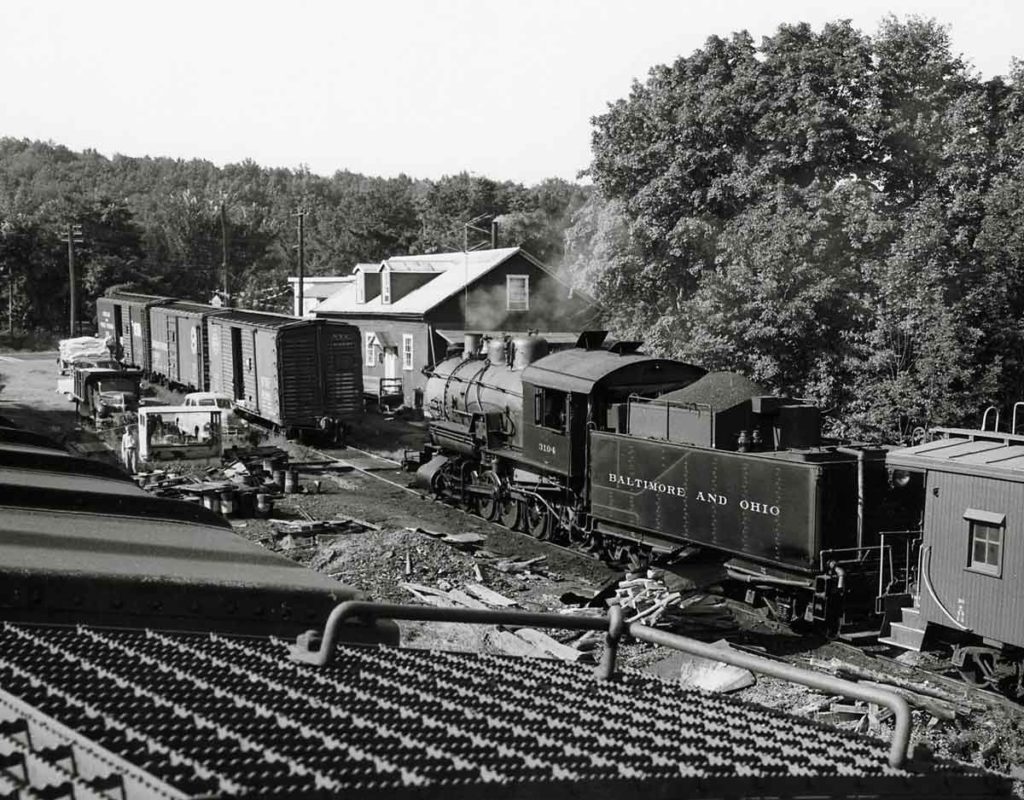
The Castleman River Railroad ran 13 miles from Bittinger, Md., to a connection with the Baltimore & Ohio at Worth, Pa. The road’s lone engine, a Consolidation leased from the B&O, rests at Grantsville, Md., while men unload a boxcar in September 1955. Philip R. Hastings photo […]
Read More…
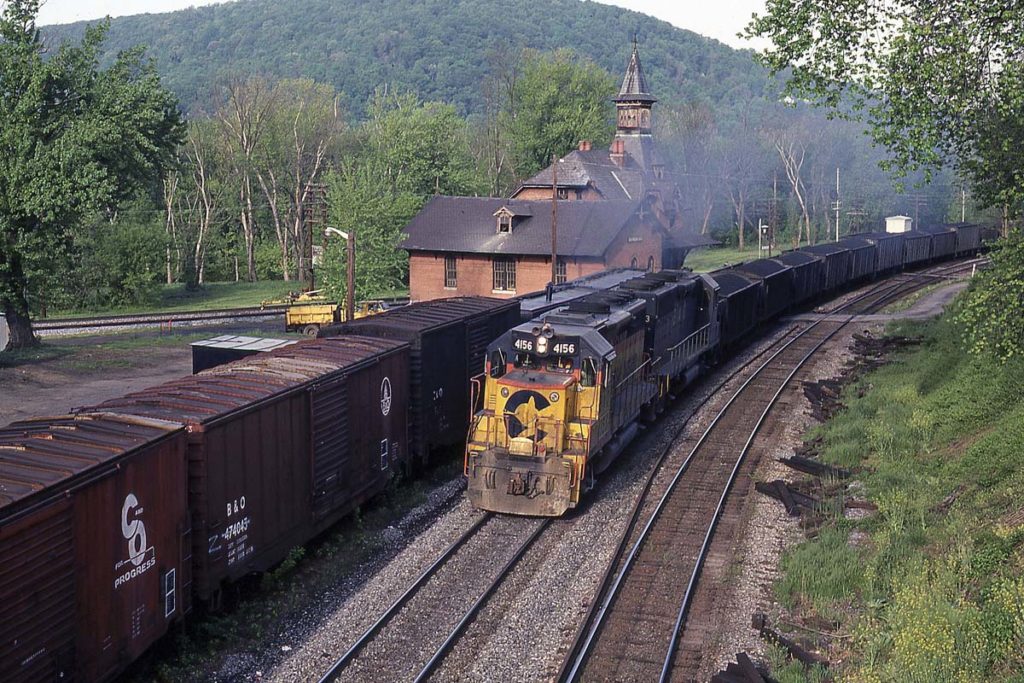
Covered in coal dust, Chessie System GP40-2 No. 4156 and a mate in Baltimore & Ohio blue lead a coal train onto the Old Main Line at Point of Rocks, Md., in 1983. Michael S. Murray photo […]
Read More…
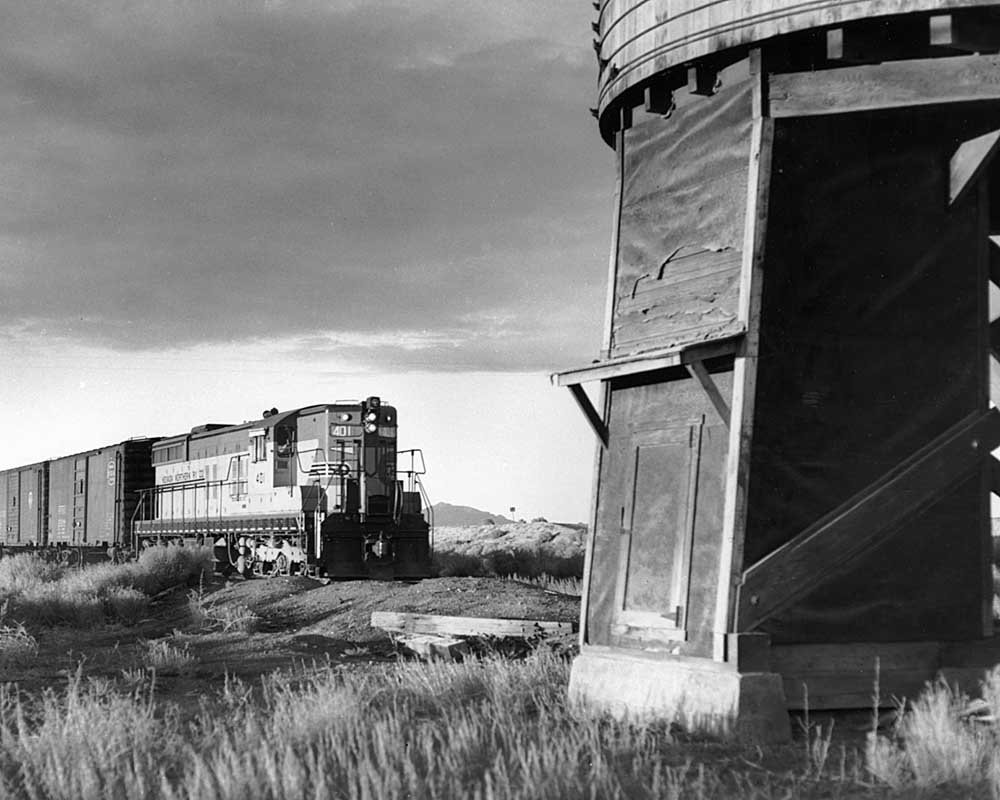
The Nevada Northern Railway might be the most remote railroad attraction in the Lower 48, and it’s also one of the most valuable. Just ask any of the thousands of people who make the trek each year out to windswept Ely, the east-central Nevada town that hosts one of our finest steam operations. Headlined by […]
Read More…
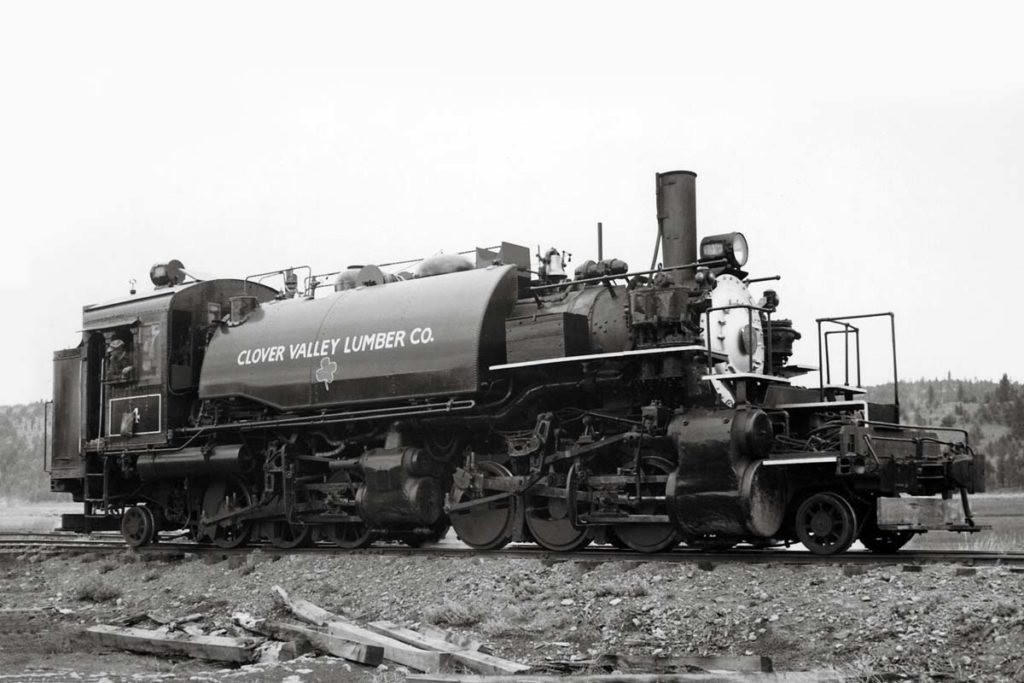
Baldwin Locomotive Works built 2-6-6-2T No. 4 for Clover Valley Lumber Co. of Loyalton, Calif., in March 1924. Shown here in 1950, it also served Feather River Lumber Co. at Loyalton, Calif., before going to the Pacific Locomotive Association in July 1973. Guy L. Dunscomb photo […]
Read More…
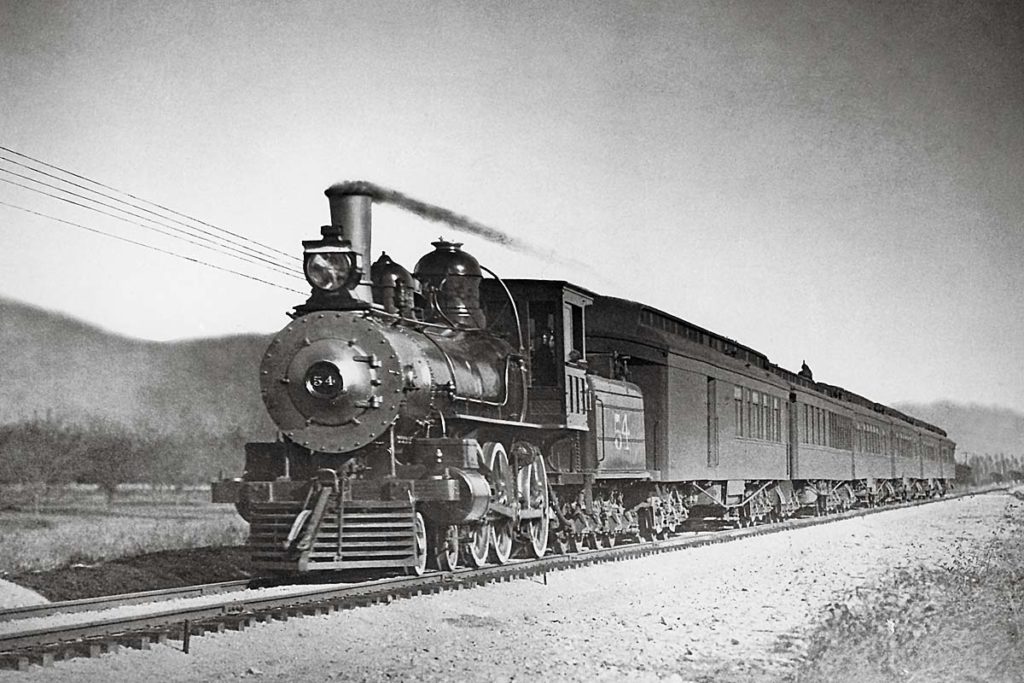
The Santa Fe’s fastest scheduled train in 1905 was the all-Pullman California Limited, with a Los Angeles–Chicago running time of 66 hours. Compact 4-6-0 No. 54 does the honors on this day with six cars in tow. Santa Fe Railway photo […]
Read More…
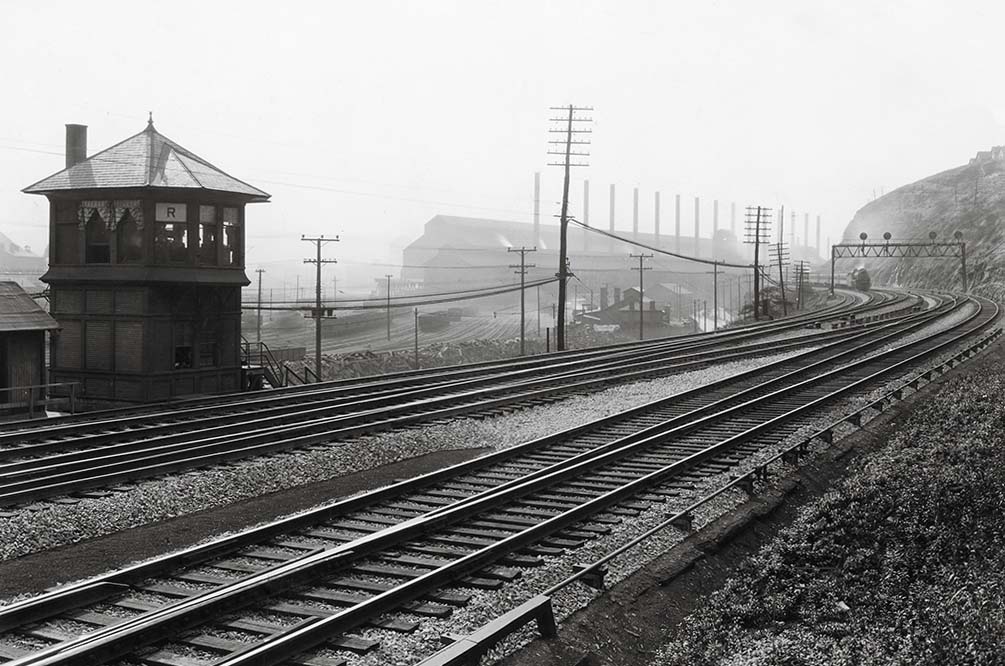
The Pennsylvania Railroad’s wide four-track main line was known as the “broad way,” as seen at Braddock, Pa., near Pittsburgh. The name eventually migrated to the road’s passenger fleet, giving rise to the famed Broadway Limited. Union Switch & Signal Co. photo […]
Read More…
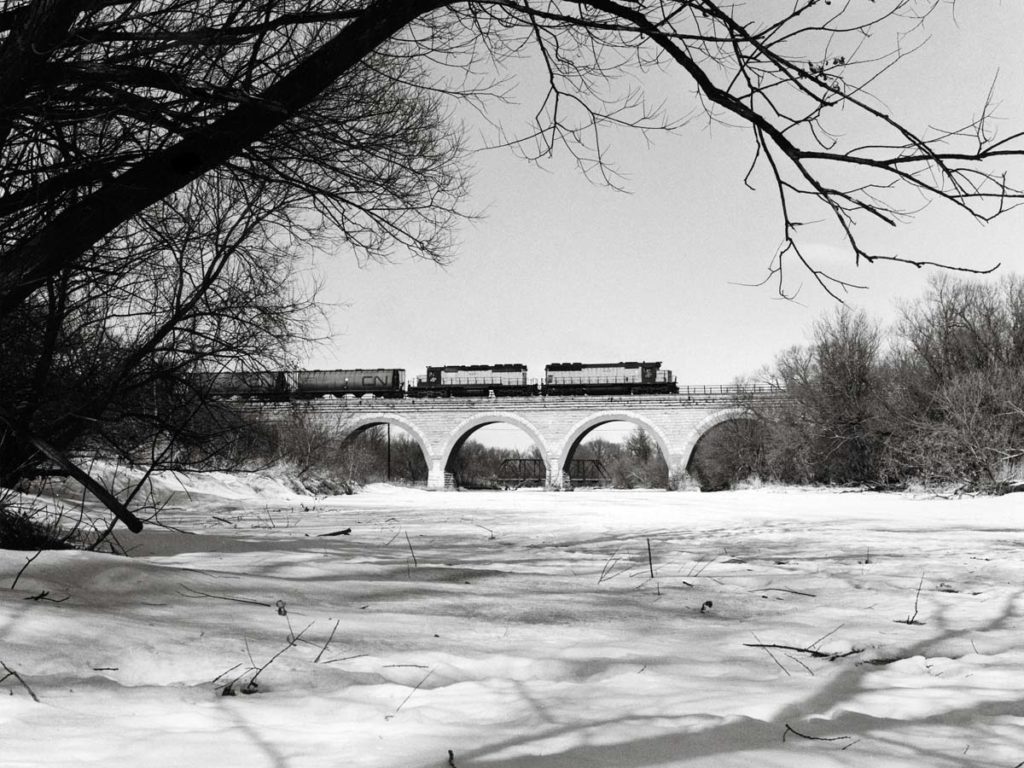
Chicago & North Western SD45 No. 905 and SD40 No. 927 make a fine sight leading eastbound train No. 576 across the Tiffany Stone Bridge at Tiffany, Wis., on Feb. 15, 1977. The arch bridge, which spans Turtle Creek, was built in 1869. David Franzen photo […]
Read More…
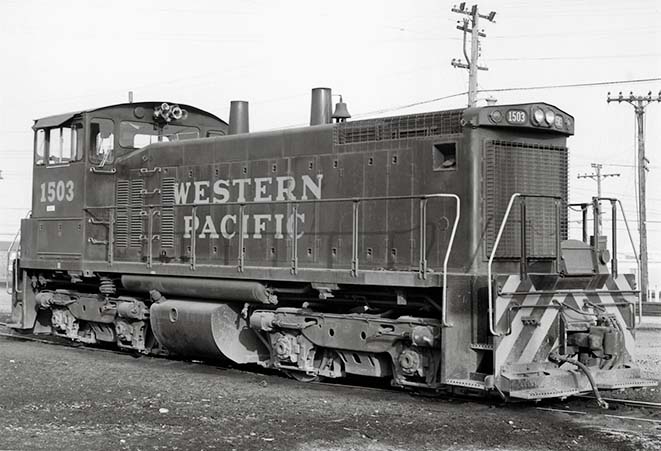
Western Pacific EMD SW1500 No. 1503 is one of only three such units built in 1973 for the fan-favorite western railroad. Today, it resides at the Western Pacific Railroad Museum in Portola, Calif., after being retired by successor Union Pacific. Vic Reyna photo […]
Read More…












